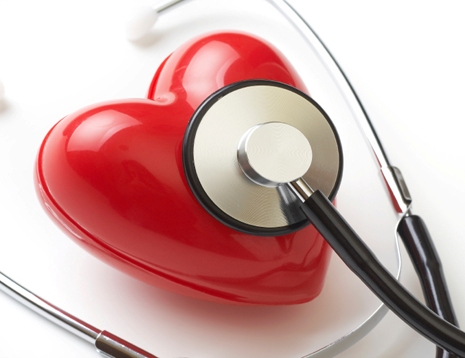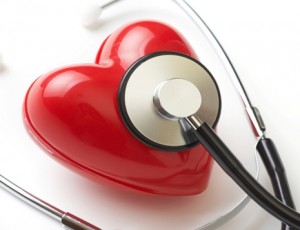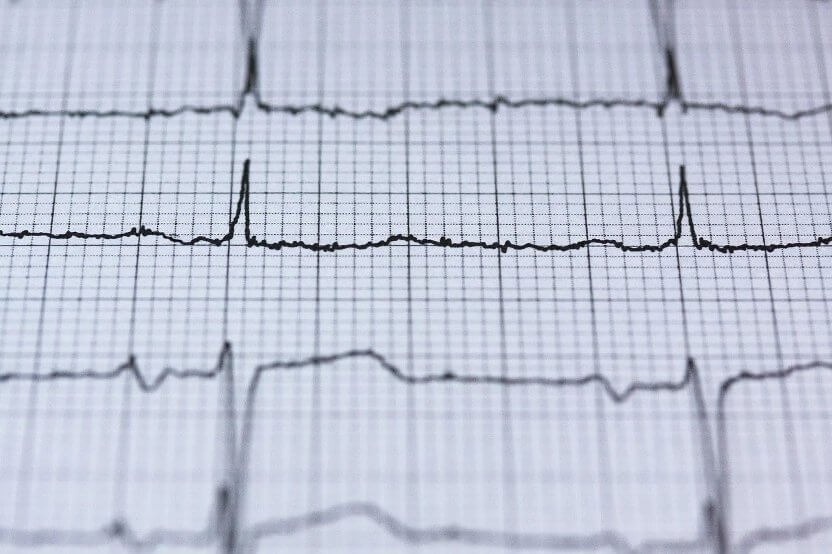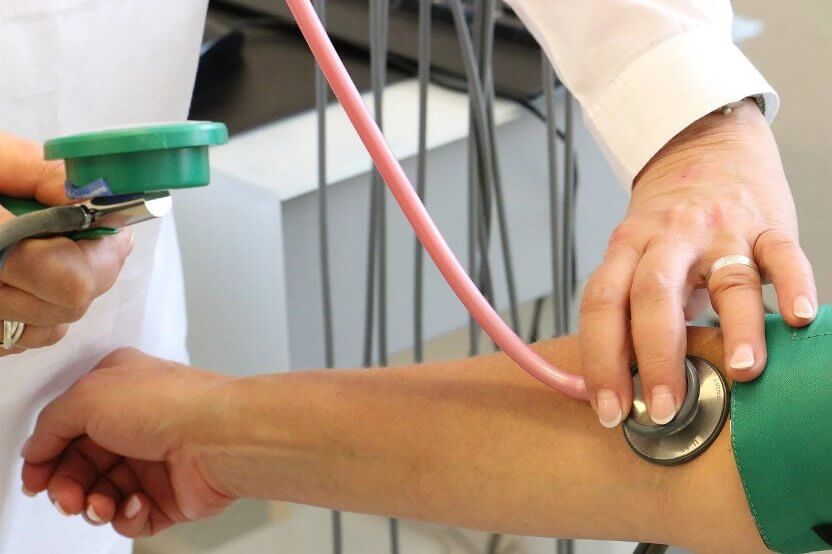If you want to know if you are a person who may have heart problems, we want to show you some tips that will help you know if you suffer from any heart-circulatory problems that may prevent you perform your activities to 100%.
If you have these conditions can be a sign of circulatory problems, which can be in arterial or venous or heart, usually by fat deposits that prevent proper blood flow or congenital problems.
- If any physical activity such as walking, climbing stairs or exercising feel exhaustion, if you are overweight are more likely to have heart problems.
- Presents dizziness, whether to stand up or even low pressure.
- Have difficulty concentrating, blood not flowing freely to the brain causing a deficient oxygenation.
- Any chest pain, abnormal heartbeat.
- Falls asleep any part of the body such as the arm, leg, or feet.
If more than one of these signs is probably suffering a heart or circulatory problem, we recommend going to doctor to confirm or disprove the suspicions of any problem. The feed also plays an important role in avoiding such problems and improve heart health.
Types of heart problems
The heart is the muscular organ in charge of pumping blood that carries oxygen to all the cells of the body through the blood vessels, which is why when these organs stop working, heart disease results.
These differ from the cardiovascular in the sense that they develop only in the heart and blood vessels; while the others throughout the body, such as legs, lungs and brain. Here we mention different types of heart problems:
Angina
This causes chest pain because the heart does not receive the blood or oxygen that it needs due to the obstruction in the coronary arteries due to the accumulation of fat or cholesterol.
This disease can be classified into two: stable and unstable; in the first, the person feels pain when doing physical exercise; in the second the pain appears unexpectedly for a longer duration when one is at rest.
Myocardial Infarction
It is a disease caused by the deterioration and obstruction of the arteries of the heart. Unlike Angina this appears violently and as a consequence the death of cardiac cells. The symptoms are severe pain and pressure in the chest, abruptly, discomfort in the jaw, neck and back; in addition to severe dizziness and sweating.
Hypertension
Blood pressure measures the force of the blood on the walls of the blood vessels; and hypertension is the term for high blood pressure. Left untreated, it causes many medical conditions, such as stroke or kidney failure.
Heart failure
This disease prevents the heart from having sufficient capacity to pump blood, as a result of the lack of oxygen and nutrients in the body. This can be chronic or acute, the first manifests gradually increasing the symptoms over time, while in the second they are generated suddenly.
Arrhythmia
It consists of the irregular beat of the heart; this occurs when the electronic impulses that regulate heart rhythms do not work properly. It can happen in two ways; bradycardia – when the heart beats less than 60 per minute, that is, it has a slow rhythm; on the contrary, since it is faster, the heartbeat is greater than 100 per minute and is called tachycardia.
Atrial fibrillation
It is a type of arrhythmia where the heart fibrillates, that is, it trembles causing the formation of blood clots inside, because the emptying of blood from the atria may not be normal.
Congenital heart defect
It is a congenital anomaly that presents problems in the structure and functioning of the heart produced during the embryonic period.
Common diagnostic tests for heart disease
Some tests, such as the electrocardiogram, chest X-ray can be done routinely with the aim of doing a cardiovascular check-up, while other tests, such as myocardial scintigraphy, stress test, echocardiogram, ABPM and Holter, for example, are done when specific conditions are suspected, such as angina or arrhythmias.
Blood tests
Blood tests are an easy and relatively inexpensive way to look for signs of heart disease. Some tests offer specific information, while others indicate the risk of heart disease. An often requested test examines levels of troponin, a protein in the heart muscle. Blood levels of troponin rise shortly after heart damage occurs and remain elevated for up to two weeks.
ABPM
Ambulatory Blood Pressure Monitoring, known as ABPM, is performed for 24 hours with a device to measure blood pressure in the arm with a small recorder on the waist that takes measurements at intervals determined by the cardiologist, without being necessary stay in the hospital.
Holter
The Holter is a test to evaluate the rhythm of the heart throughout the day and night through a portable recorder that has the same electrodes of the electrocardiogram and a recorder that remains attached to the body, recording each heart beat of the cycle.
Electrocardiogram (EKG or ECG)
The ECG recognizes the electrical impulses of the heart, and is one of the most common tests to detect heart problems. This test can detect arrhythmias, heart defects and even narrowing of the arteries.
Echocardiogram (ECHO)
The echocardiogram is an ultrasound that allows us to observe the structure and morphology of the heart, as well as the functioning of the heart muscle and its four valves. This test allows detecting problems in the contraction of the heart muscle, estimating the pressures within the heart, and provides complete information on the functioning of the valves.
Chest X-ray
The chest plate or chest X-ray is an exam that evaluates the contour of the heart and the aorta, in addition to evaluating if there are signs of fluid accumulation in the lungs, indicating the possibility of heart failure. This test also evaluates the contour of the aorta, which the vessel is leading from the heart that carries blood to the rest of the body. This exam is usually performed with the patient standing up and with the lungs full of air, so that a correct image can be obtained.
Stress test
For this test the patient walks on a treadmill or uses a stationary bicycle while a continuous electrocardiogram is recorded. This is the most widely used test to diagnose coronary heart disease, and it also allows you to observe the amount of oxygen the heart receives during exertion, heart rate and blood pressure.
Coronary calcium test
In this exam, a CT scan is done to see if there are calcium deposits in the coronary arteries. The presence of calcium in the arteries would help predict the risk of heart attacks in the future. It would be recommended for patients with intermediate risk and without symptoms.
Carotid ultrasound
This exam consists of an ultrasound on the neck; the objective is to measure the inner layers of the carotid arteries: if they are very thick, there would be a greater risk of cardiovascular problems. It is recommended for intermediate-risk patients with hypertension, diabetes, or high cholesterol.
Cholesterol test
A test that indicates total cholesterol levels, as well as the level of triglycerides and LDL and HDL cholesterol is essential from the age of 20. If it is high, cholesterol could adhere to the arteries forming plaque, raising the risk of heart attack or stroke.



